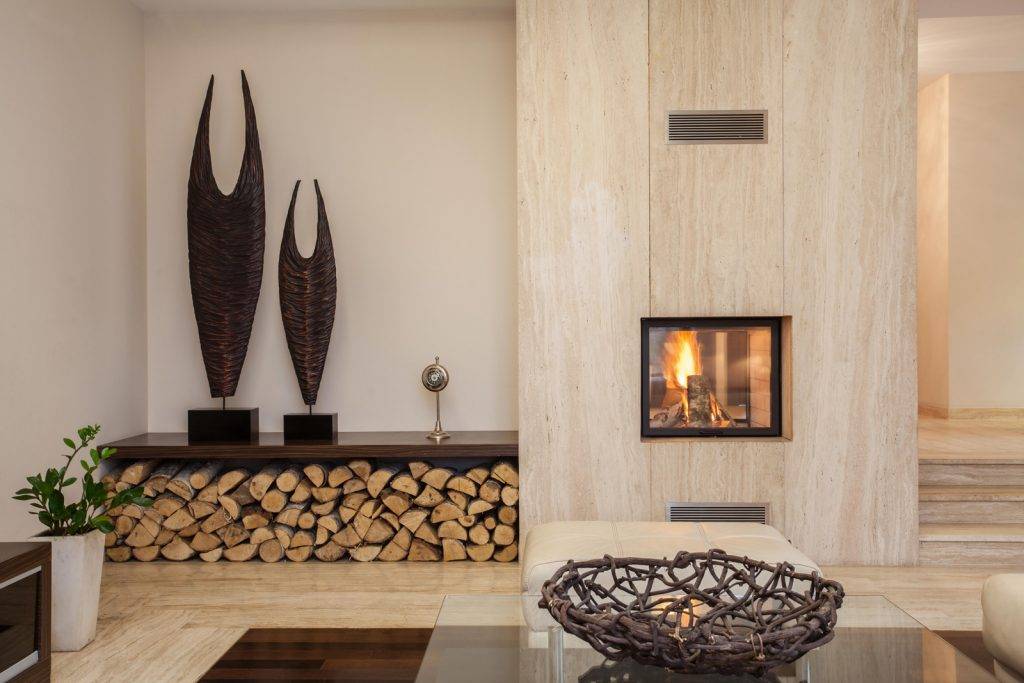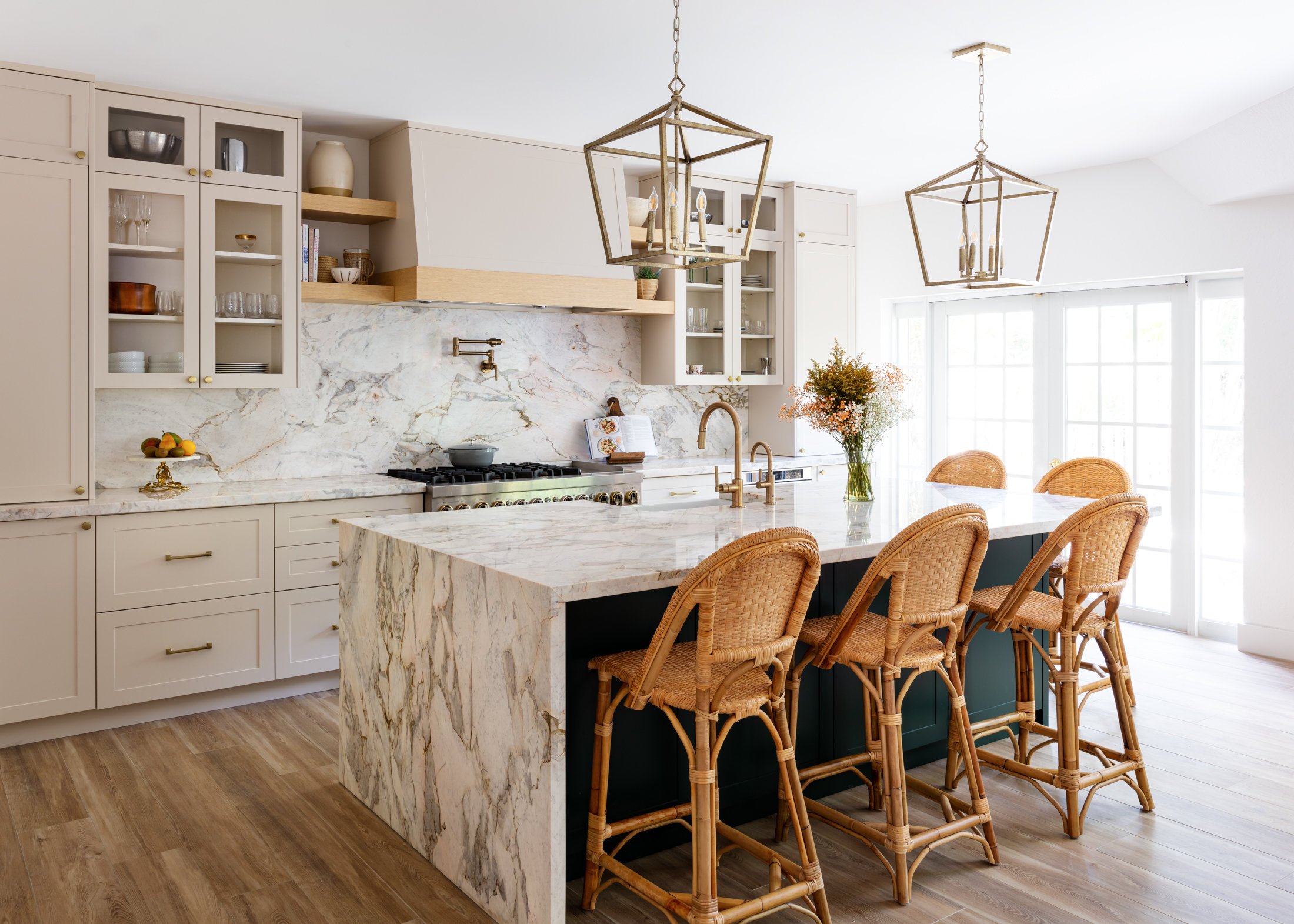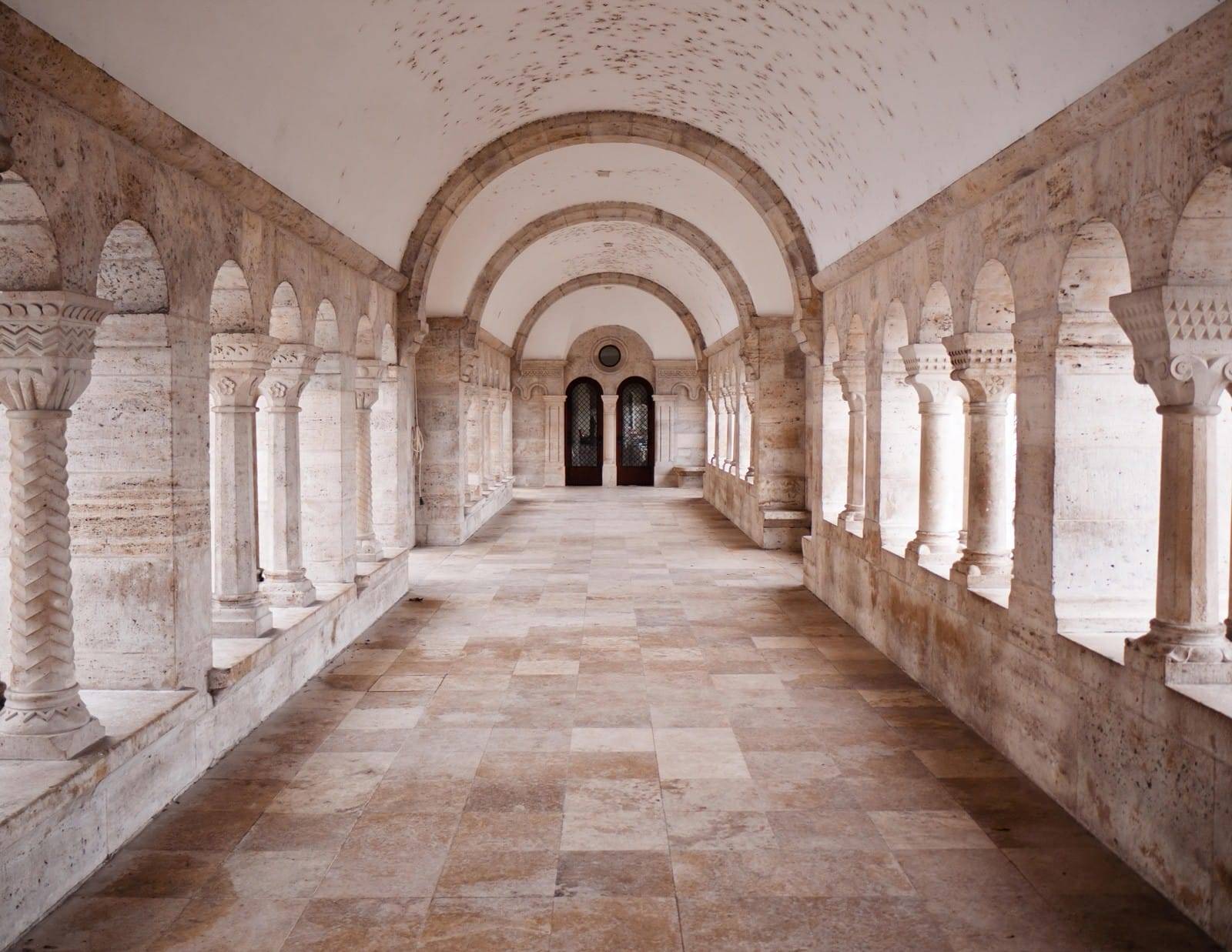
What is Travertine?
People often ask the question, is Travertine a natural stone? Yes it is! Travertine, sometimes mistakenly referred to as travertine marble, is all natural!
It is type of limestone formed on the surface of the earth around mineral hot springs. The minerals suspended in the hot water give the stone its rich, warm color and marble-like patterns.
Imagine the welcoming warmth of an Italian villa, with subdued beige colors, lofty stone columns and beautiful, porous floors. Travertine evokes feelings of leisurely brunches and lush scapes.
Bring your European vacation home by including travertine in your place. Here we will showcase the characteristics that make it so special.
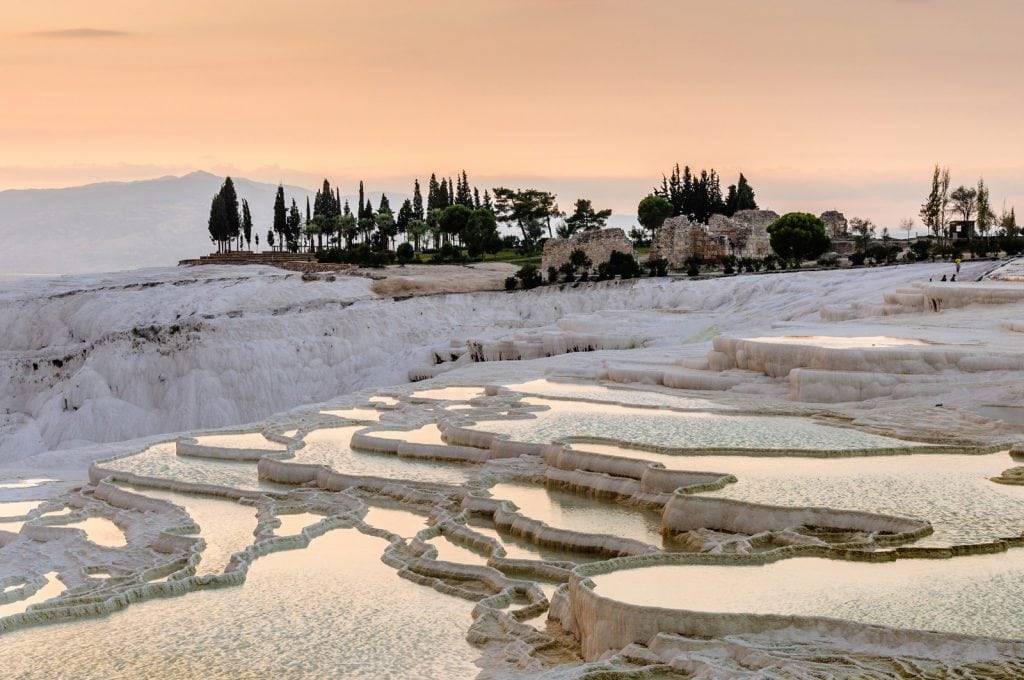
History of this Natural Stone
Travertine was of great importance to the architects and builders of ancient Greece and Rome.
This versatile stone was used to build temples, aqueducts, baths, roads, and amphitheaters.
Contemporary designers and craftspeople find it very useful for countertops, coffee tables, backsplashes, bathrooms flooring and more both inside and outside the home.
The largest known construction made entirely out of travertine, and a great testament to its durability, is the Colosseum in Rome, and in Ephesus in Turkey and the Basilique du Sacre Coeur in Paris also serving as wonderful examples.
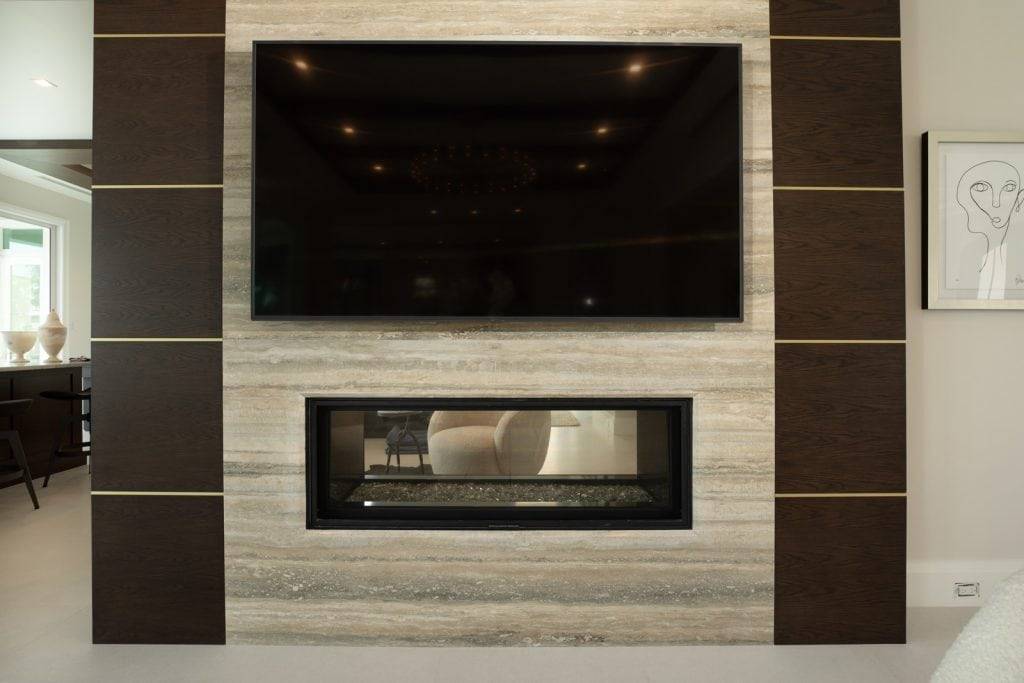
Properties of Travertine
The beautifully soft and broad color palette makes travertine very desirable. Subdued, mild tones of beige, tan, grey and off-white elegantly set the background without overwhelming with dramatic effects.
The warmth and elegance of old Europe
Travertineʼs hallmark is the sense of age and prestige of old Europe. Even though the stone is considered a fairly soft material, its durability is unquestionable, given the well-preserved state of so much ancient architecture. The stoneʼs very aesthetic evokes an old, elegant page of a history book, enhanced by characteristic scratches, little cracks, and small holes all throughout its surface. The natural finish, as opposed to a polished one, certainly regales the eye with the traditionally charming small blemishes and chips.
Like most natural stones, travertine retains cold and heat very well, making it ideal for floor coverage. Have you ever felt that delightful sensation of a cold stone against your feet on a hot day? Think along those lines. At the same time, travertine is a great option for in-floor heating systems due to its thermal conductivity properties. Once warm it will radiate heat for a long time.
Suitable for indoor or outdoor use
Travertine is used indoors and outdoors on flooring, walls, bathrooms, fireplaces, pool decks, patios, driveways, and of course, countertops and backsplashes. Its porosity offers a unique advantage: it is the only natural stone that is not slippery when wet, making it a great solution for pool areas and outdoor patios.
